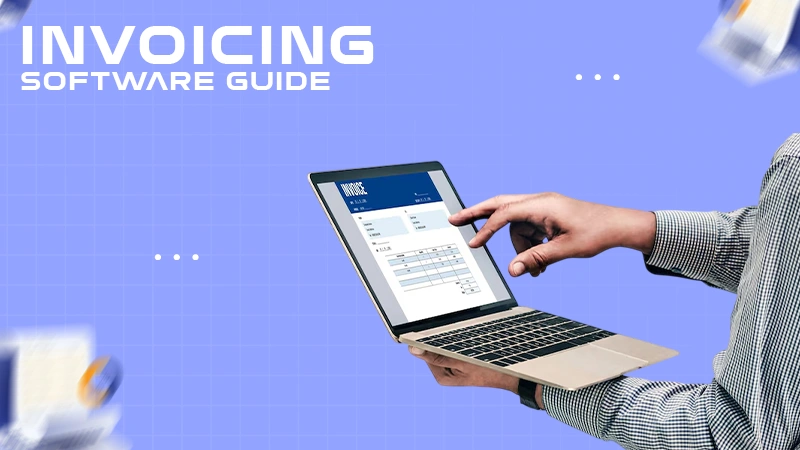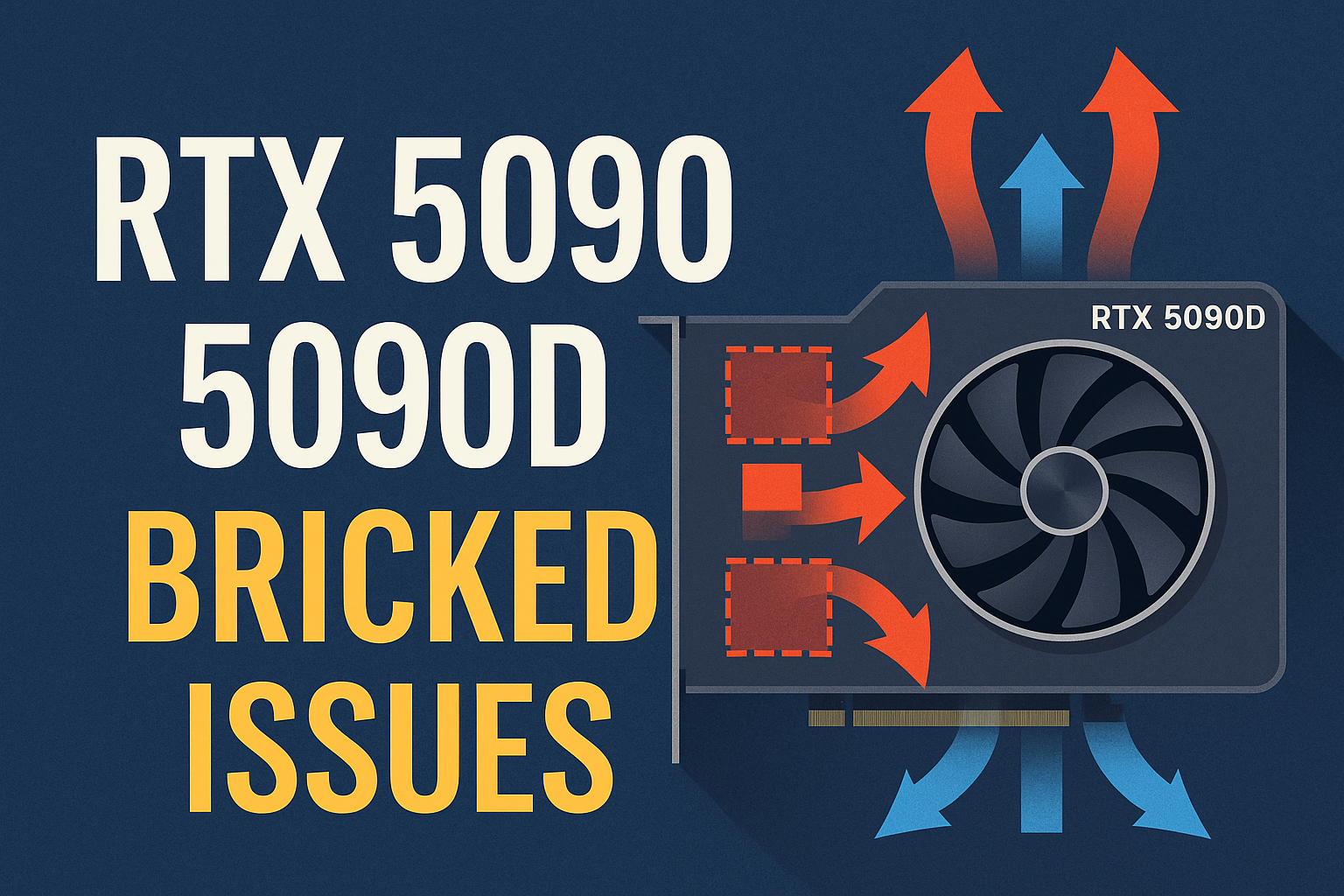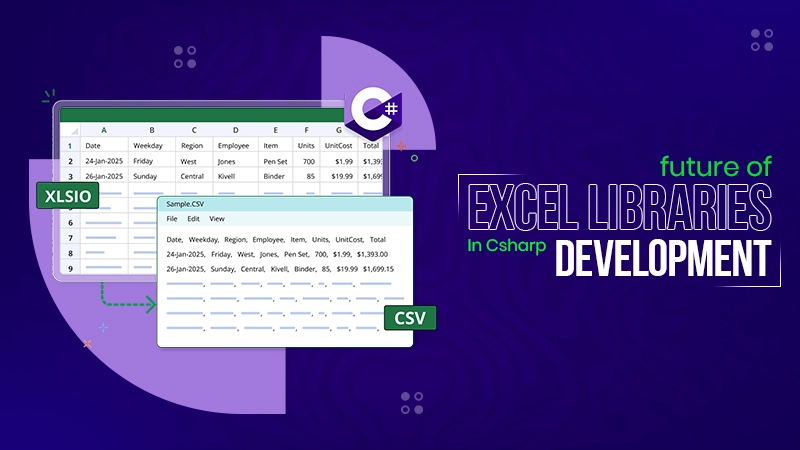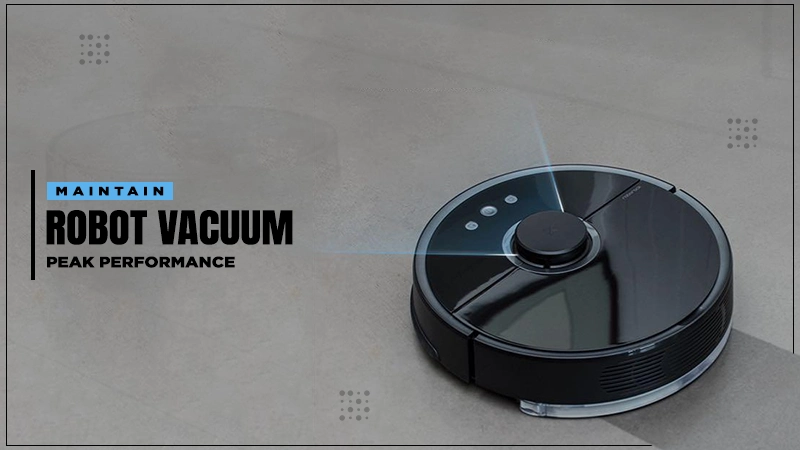Chasing Fast Money for Tech Upgrades? Think Twice
Let’s cut to the chase: in the fast-paced world of Windows and tech innovations, staying ahead often feels like a financial sprint. New hardware drops, software subscriptions pile up, and suddenly, your budget is gasping for air. Many tech enthusiasts, from casual Windows users to hardcore PC builders, are tempted to grab quick financing options to keep up. But here’s the contrarian take you won’t hear in glossy ads or hyped-up forums—short term financing isn’t the silver bullet it’s often made out to be. In fact, it can be a trap that leaves your wallet bleeding while your shiny new gadget collects dust.
This article isn’t about preaching doom and gloom. It’s about laying out the hard truths and forcing you to rethink the impulse to borrow for the next big tech thing. So, buckle up as we dive into why chasing quick cash could derail your financial stability faster than a buggy Windows update.
The Hidden Sting of Instant Cash Solutions
Here’s the deal: quick financing options often promise immediate relief. Need a new GPU for your gaming rig? Can’t wait for the latest Windows-compatible tablet? These solutions dangle the carrot of “buy now, pay later” with a smile. But behind that smile is a bite. Generally speaking, many people find that the terms attached to these deals are far from friendly. High interest rates, hidden fees, and aggressive repayment schedules can turn a small loan into a big problem faster than you can say “system crash.”
The tech world moves at lightning speed, and it’s easy to feel pressured into keeping up. But ask yourself—do you really need that upgrade right this second, or are you just caught in the hype cycle? Taking a step back could save you from a financial mess that lingers long after the excitement of unboxing fades.
Why Tech Debt Is a Riskier Game Than You Think
Let’s get real about debt in the tech space. When you borrow money for a gadget or software, you’re not just paying for the item—you’re paying for the privilege of having it now. And that privilege often comes at a steep cost. It’s commonly understood that tech depreciates fast. That cutting-edge laptop you financed today might be outdated in a year, but the debt? That sticks around, accruing interest and stress.
Unlike investing in something with lasting value, tech purchases are often fleeting. Windows updates roll out, hardware becomes obsolete, and suddenly, you’re stuck paying off something that’s no longer relevant. The contrarian angle here is simple: instant gratification in tech rarely justifies the long-term financial hit. Patience, while unglamorous, is often the smarter play.
The Temptation of Borrowing for “Essential” Tech
Now, let’s address the elephant in the room—sometimes, tech feels like a necessity. Maybe you’re a freelancer relying on Windows software for your livelihood, and your old machine just gave up the ghost. Or perhaps you’re a student needing a reliable device for virtual classes. In these moments, the urge to secure fast funding can feel overwhelming. If you’re looking for short term loans, here are the key factors to weigh before diving in. Make sure you fully understand the repayment timeline and any additional costs that might sneak up on you. It’s not just about getting the cash—it’s about knowing how you’ll pay it back without derailing your finances.
The no-nonsense advice? Exhaust every other option first. Can you borrow a device temporarily? Is there a cheaper alternative that gets the job done? Borrowing should be your last resort, not your first instinct, especially when the tech world constantly tempts you with “must-have” upgrades.
Breaking the Cycle of Tech-Fueled Borrowing
Here’s where the rubber meets the road. If you’re caught in a loop of borrowing to keep up with tech trends, it’s time to break free. Start by redefining what “essential” really means. Does every Windows update require new hardware, or can you optimize what you already have? Many users find that tweaking settings, clearing clutter, or using free software alternatives can extend the life of their current setup without spending a dime.
Next, build a buffer. Even a small emergency fund can prevent the need to borrow when your device inevitably crashes at the worst possible moment. It’s not sexy, but stashing away a little cash each month beats the stress of scrambling for quick financing. The contrarian mindset here is to prioritize financial resilience over tech bragging rights. Trust me, your future self will thank you.
The Bigger Picture: Tech Isn’t Worth Financial Ruin
Let’s zoom out for a second. The tech industry thrives on making you feel like you’re falling behind if you don’t have the latest and greatest. Windows forums buzz with chatter about new releases, and ads bombard you with sleek devices promising to revolutionize your life. But here’s the hard truth: no piece of tech is worth jeopardizing your financial health. Period.
Instead of chasing every shiny object, focus on what truly adds value to your day-to-day. Maybe that means sticking with a slightly older Windows version until you can afford an upgrade outright. Or maybe it means saying no to the hype and yes to a budget that actually works. The contrarian perspective isn’t about rejecting tech—it’s about rejecting the idea that you need to go broke to enjoy it.
Final Thoughts: Rethink Before You Borrow
Here’s the bottom line: quick cash for tech purchases might seem like a lifeline, but it’s often a noose in disguise. The world of Windows and technology moves fast, but your financial decisions don’t have to. By stepping back, assessing your real needs, and avoiding the trap of instant financing, you can stay ahead without falling behind on your bills.
This isn’t about missing out on innovation—it’s about being smart with your resources. So, the next time you’re tempted to borrow for a tech splurge, remember this: true control comes from owning your finances, not just your gadgets. Take the contrarian road. It might not be flashy, but it’s a heck of a lot safer.










